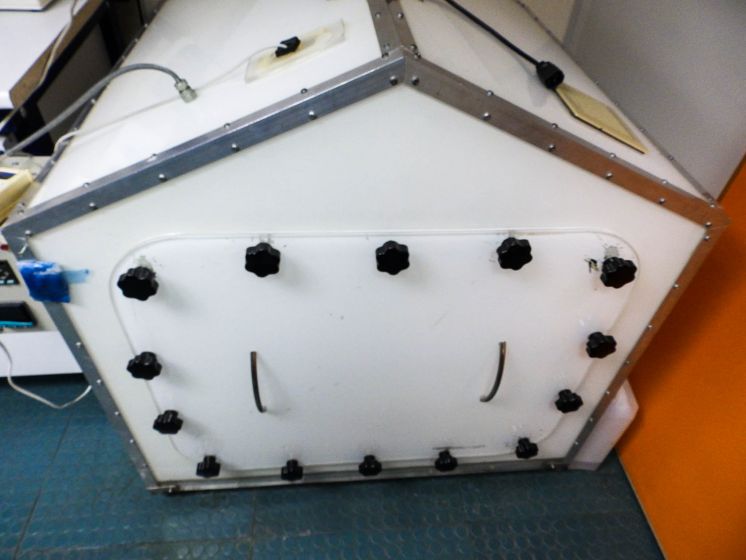Production and properties of High Volume Fraction CNT films and tapes
- Published in Research
 The production of high volume fraction CNT films and tapes, the so called buckypapers, has opened the way for use of CNTs in practical applications. We produce buckypapers by oxidizing carbon nanotubes using chemical, electrochemical and plasma treatment. Stable aqueous CNT suspensions prepared by sonication are vacuum filtered through polymer membrane filters. After drying the CNT films are peeled off from the filtration membrane.
The production of high volume fraction CNT films and tapes, the so called buckypapers, has opened the way for use of CNTs in practical applications. We produce buckypapers by oxidizing carbon nanotubes using chemical, electrochemical and plasma treatment. Stable aqueous CNT suspensions prepared by sonication are vacuum filtered through polymer membrane filters. After drying the CNT films are peeled off from the filtration membrane.

 We grow
We grow 
